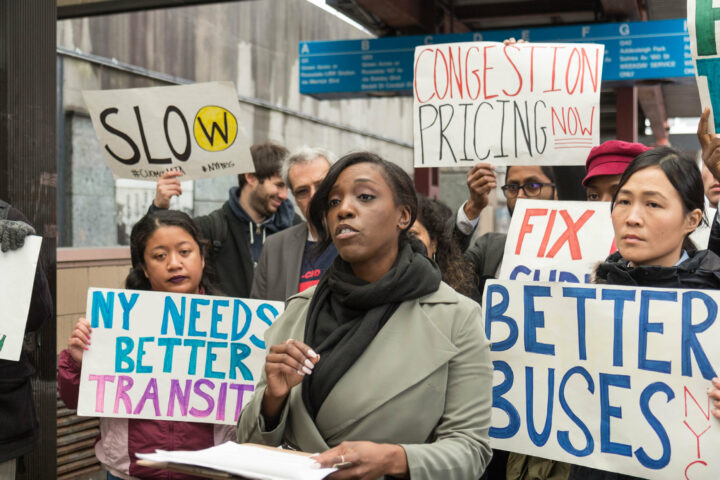
A suitable living wage, Chow argues, is $10.74 per hour.
Should persons working 40-hour work weeks earn enough to ensure they have an adequate standard of living? Of course, people should not be working for poverty wages. Hence, the government should take steps to raise the federal minimum wage to a practical level on which workers can live.
In a nation as geographically diverse and expansive as the United States, the living wage, or the wage necessary to maintain an adequate standard of living within a community, varies widely from state to state, county to county, and even district to district. This has led to a wide spectrum of opinions on the topic, dividing the debate along and within party lines.
A sensible place to start when discussing an increase in the federal minimum wage to a living wage is looking at state living wages. According to MIT’s Living Wage Calculator, there is great variance between states, with living wages spanning from $9.39 per hour in Ohio to $14.84 per hour in Washington D.C. In every case, the state’s binding minimum wage sits considerably below the living wage of the given state.
Though President Obama has proposed a $10.10 minimum wage, I found a $10.74 minimum wage by taking the average living wage of all 50 states and Washington D.C. This establishes a solid middle ground for legislators to fight for in Congress and a simple wage for them to rationalize to their constituents. Either way, all can agree an increase in the minimum wage is necessary.
Some argue that Congress should raise the federal minimum wage to $15 per hour so that no person works for a poverty wage again. Although noble and well-intentioned, the plan is impractical. Most states have minimum wages below $10 and require living wages around $11. $15 is unprecedented and can have adverse effects on employment, especially in rural areas and minority communities.
A $10.74 minimum wage is a pragmatic solution. This wage meets the living wage standard of a majority of states and, according to Economic and Policy Research, has little to no effect on employment in low-wage industries . Researchers in the study of San Francisco and Santa Fé observed minimum wage levels close to the $10.74 level. This builds confidence that a $10.74 federal minimum wage can provide for low-income workers without incurring substantial job losses.
In 1968, the U.S. had economic growth and low unemployment with a federal minimum wage of $10.86 per hour in today’s dollars. The GDP grew steadily and unemployment fell to 3.4%.
A $10.74 minimum wage is also a win for liberals and conservatives alike. This wage raises traditionally conservative states in the South, Midwest, and Southwest above poverty and to a just living wage standard (Glasmeier). Furthermore, a $10.74 wage does not impede liberal cities and states who want to experiment with higher minimum wages. The city of Seattle and the states of New York and California have already begun the process of becoming laboratories of economic and social policy by initiating their own paths to a $15 per hour minimum wages (Blood).
Consequently, the next few years are a crucial opportunity for proponents of a higher minimum wage to initiate pragmatic and moral change. People can continue struggling for the improbable and unproven $15 federal minimum wage, or they can push for the steady and reliable $10.74 federal minimum wage, index it to inflation to avoid depreciation over time, and put this debate to rest, federally at least. A $10.74 federal minimum wage is the “living wage” worth fighting for and it has the potential of being the momentous change low-wage workers, the economy, and the American people need moving forward.














